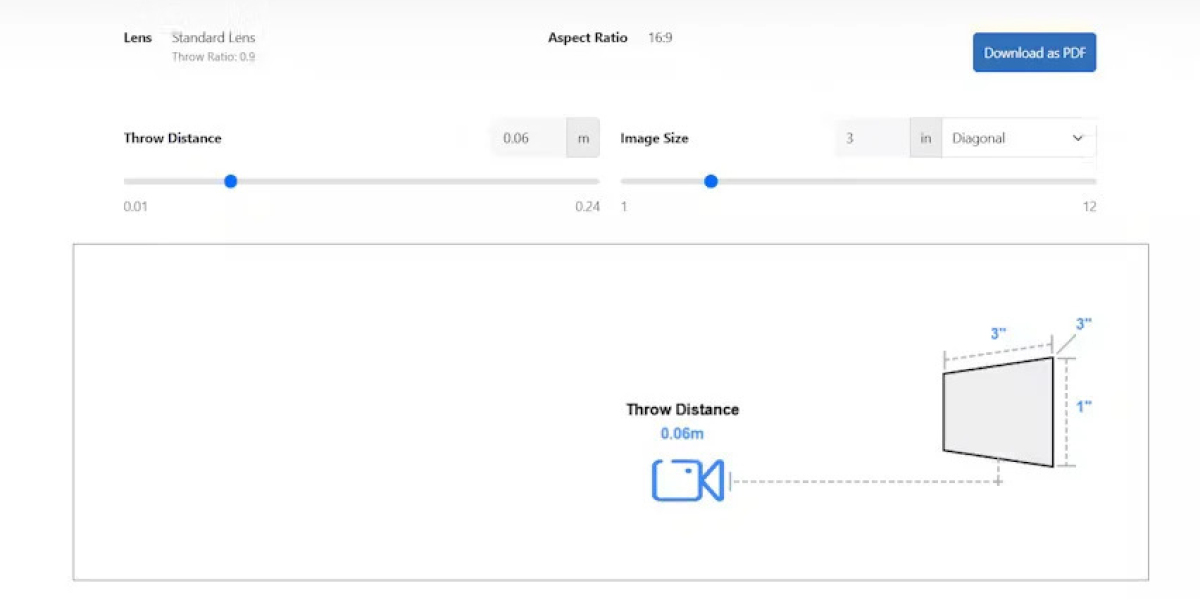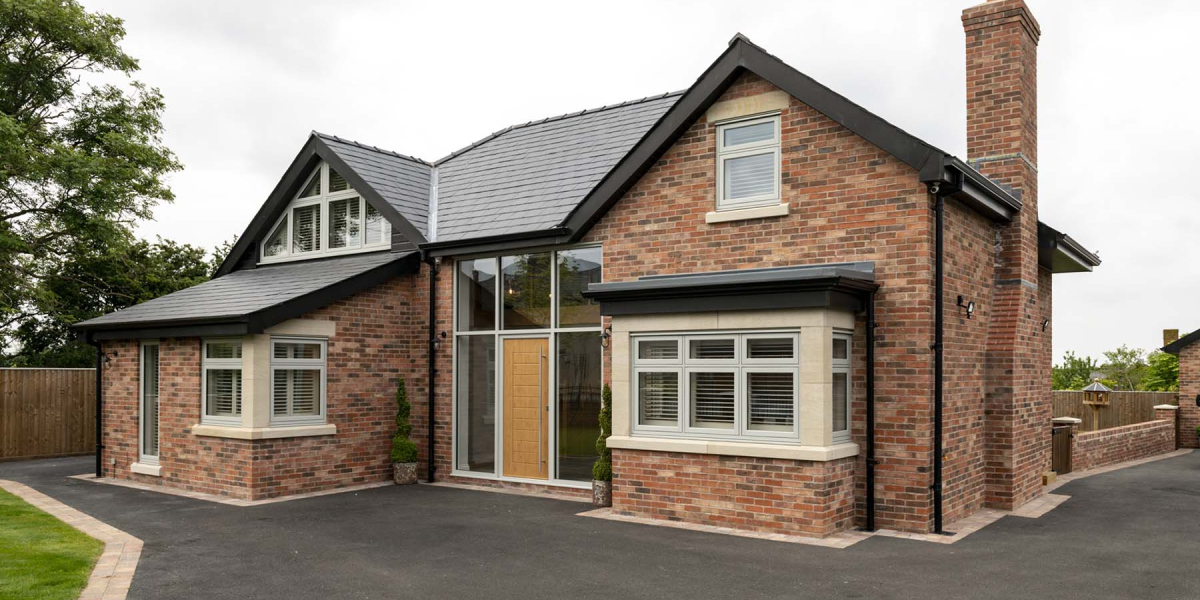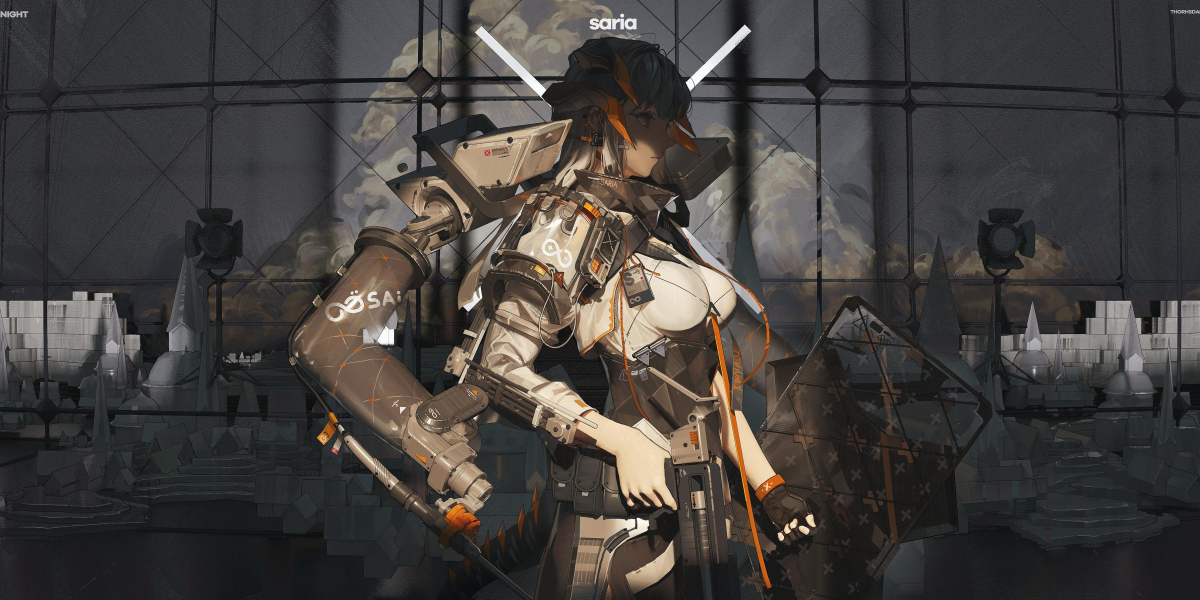When it comes to large scale visual solutions, organizations often evaluate not only the quality and performance of the technology but also the return on investment over time. Whether you are outfitting a corporate auditorium, retail space, house of worship, or event venue, understanding the financial implications of LED walls versus projectors is essential. The debate between Video Wall vs Projector is more than just a discussion about image quality or brightness. It is about which option delivers better long term value, lower operational costs, and higher returns for your business.
Understanding ROI in AV Investments
Return on Investment (ROI) in the context of audiovisual installations goes beyond initial purchase cost. It includes installation, maintenance, operational expenses, energy consumption, lifespan, and the impact on audience engagement. A solution with a higher upfront cost can often deliver better ROI if it reduces long term expenses and generates a stronger impact over its lifetime.
For many organizations, choosing between LED wall investment and projection setup depends on the specific use case. LED walls have gained significant traction in recent years due to their brightness, durability, and visual impact. Projectors remain a popular choice for flexible, budget friendly installations. Comparing both options helps determine which aligns best with your strategic and financial goals.
LED Wall Investment Overview
An LED wall consists of multiple LED panels joined together to form a single large display. These walls are modular, scalable, and capable of producing bright, vibrant images in almost any lighting condition. They are ideal for permanent installations where high visibility and reliability are essential.
The initial investment for an LED wall is higher compared to most projection setups. This includes the cost of panels, mounting structures, control systems, and professional installation. However, LED walls have long lifespans, often exceeding 100,000 hours of use, and require minimal maintenance. They are energy efficient and built for continuous operation, making them a strong choice for venues that need long term reliability.
Projection Setup Overview
Projectors are often seen as a more budget friendly option. A single projector can cover a large screen area, and installation is usually simpler and less expensive compared to LED walls. There are several types of projectors available, including lamp based, LED, and laser projectors. Each type has different costs, maintenance requirements, and brightness levels.
Projectors offer flexibility for both permanent and temporary setups. They are ideal for classrooms, meeting rooms, small auditoriums, and events where portability and cost control are priorities. However, projectors are more sensitive to ambient lighting, require regular maintenance, and may need upgrades or replacements sooner than LED walls.
Upfront Investment
One of the most obvious differences between LED walls and projection setups is the initial investment. LED walls typically have a higher upfront cost due to the number of panels, support structures, and installation complexity. Fine pixel pitch panels, which provide higher resolution, can further increase the price.
Projection setups generally have a lower initial cost. A single projector and screen can deliver large scale visuals at a fraction of the cost of an LED wall. For temporary or budget sensitive projects, this can make projectors more appealing. However, for larger or brighter environments, multiple projectors may be required, which can increase the initial investment significantly.
Maintenance and Operational Costs
Maintenance plays a critical role in calculating ROI. LED walls are low maintenance systems. The panels are durable, and individual modules can be replaced without affecting the entire display. Energy consumption is predictable, and there are no lamps or filters to replace. This makes LED walls cost effective over time.
Projectors, especially lamp based ones, require regular lamp replacements, filter cleaning, and recalibration. Lamps typically last a few thousand hours and need frequent replacements, adding to the total cost of ownership. Laser projectors offer longer lifespans with less maintenance but come at a higher upfront price. Over several years, maintenance and replacement costs can reduce the ROI of projection setups.
Lifespan and Reliability
LED walls are designed for long term use, with lifespans often exceeding 100,000 hours. Their consistent brightness and durability make them suitable for high traffic areas and continuous operation. Over time, this extended lifespan contributes to a stronger ROI because the investment continues to deliver value without frequent replacement or major service costs.
Projectors generally have shorter lifespans, particularly lamp based models. Even LED and laser projectors have limited operational hours compared to LED walls. Brightness also diminishes over time, leading to potential upgrades or replacements. These factors can impact ROI for venues that require reliable long term performance.
Visual Impact and Revenue Generation
One of the key elements of ROI is the ability to generate value beyond cost savings. LED walls provide a visually striking and immersive experience. Their brightness and clarity in all lighting conditions make them ideal for retail promotions, advertising, live events, and corporate branding. A visually impactful display can increase audience engagement, drive sales, and enhance brand perception, all of which contribute to higher ROI.
Projectors can deliver excellent visuals in controlled lighting environments, making them suitable for classrooms, boardrooms, or theaters. However, in brightly lit spaces or large venues, their visual impact can be limited without significant investment in high lumen models or multiple units.
Energy Efficiency
Energy consumption affects both operational costs and environmental impact. LED walls are generally energy efficient for their brightness output. Once installed, their operating costs remain stable, contributing to better ROI over time.
Projectors, depending on their type and brightness, can consume more energy. High lumen projectors needed for large spaces often have higher power requirements. This can increase operational costs over the life of the system.
Long Term Value
In permanent installations where continuous use and visual impact are priorities, LED walls often provide superior long term value. Their high initial cost is offset by low maintenance, long lifespan, consistent performance, and the ability to generate revenue or engagement through impactful visuals.
Projectors provide excellent value for temporary installations, controlled environments, or smaller budgets. They offer flexibility and lower upfront costs, but their long term expenses and potential need for replacement can reduce ROI in large scale or permanent applications.
When to Choose an LED Wall
For high traffic or permanent installations
When consistent brightness and high resolution are critical
When long term durability and low maintenance are required
When visual impact can drive audience engagement and revenue
When to Choose a Projector
For temporary setups or flexible installations
When budget constraints are significant
For smaller venues or controlled lighting environments
When portability and quick setup are priorities
Conclusion
The ROI comparison between LED wall investment and projection setup depends on the specific needs of the venue, the expected usage, and the long term goals. LED walls offer higher upfront costs but deliver exceptional durability, minimal maintenance, strong visual impact, and long term cost savings. Projectors provide flexibility and lower initial expenses, making them suitable for short term or budget sensitive applications.
When evaluating Video Wall vs Projector options, organizations should look beyond the purchase price and consider total cost of ownership, operational efficiency, and the ability to generate value over time. By aligning technology investments with strategic objectives, venues can maximize ROI and create immersive visual experiences that support their goals well into the future.
Read more: https://social.japrime.id/read-blog/212755








